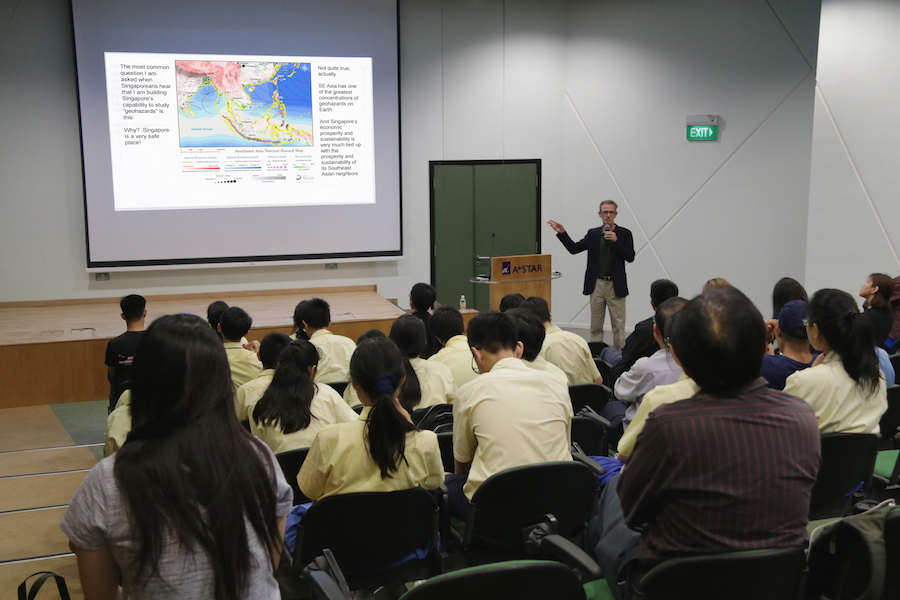
The one-north Festival is an annual celebration of research, innovation, creativity, and enterprise. This event includes talks, exhibitions, workshops, and tours. As part of our outreach efforts, the Earth Observatory of Singapore (EOS) took part in this year’s one-north Festival.
Professor Kerry Sieh, the director of EOS, gave a public lecture titled ‘The Sustainability of Singapore and Its Neighbours in the Face of Earthquakes, Tsunamis, Volcanoes and a Changing Climate.’ In this presentation, Prof Sieh discussed the relevance of geohazard science for Southeast Asia and, specifically for Singapore.
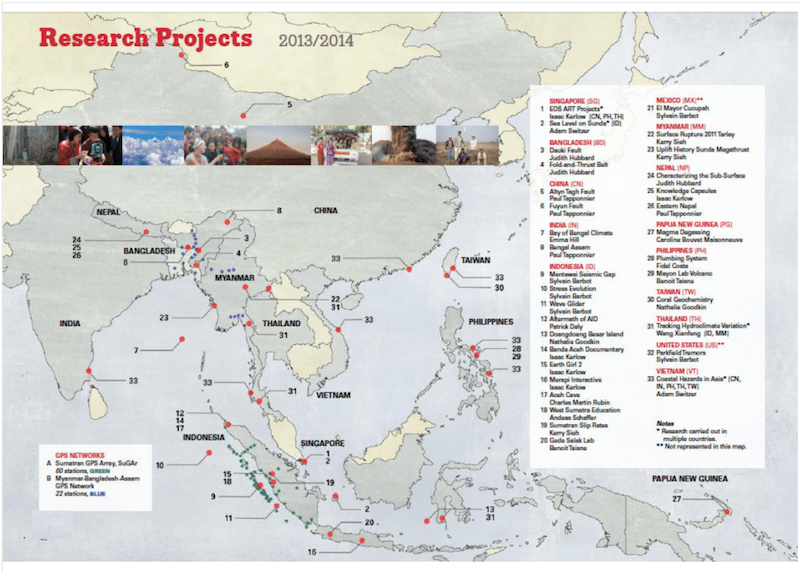
Prof Sieh began by asking the audience to consider the need for research. “Why do research?” he asked the audience of primarily secondary school students and teachers. He later explained how research can be contextualised within the larger goal of advancing human civilisation through the creation and use of knowledge.
More specifically, he explained how research can be used to make societies safer and more sustainable. “Southeast Asia has one of the greatest concentrations of geohazards of any place on Earth,” Prof Sieh said, and Singapore is highly dependent on other countries in the region for our economic, political, and social wellbeing.
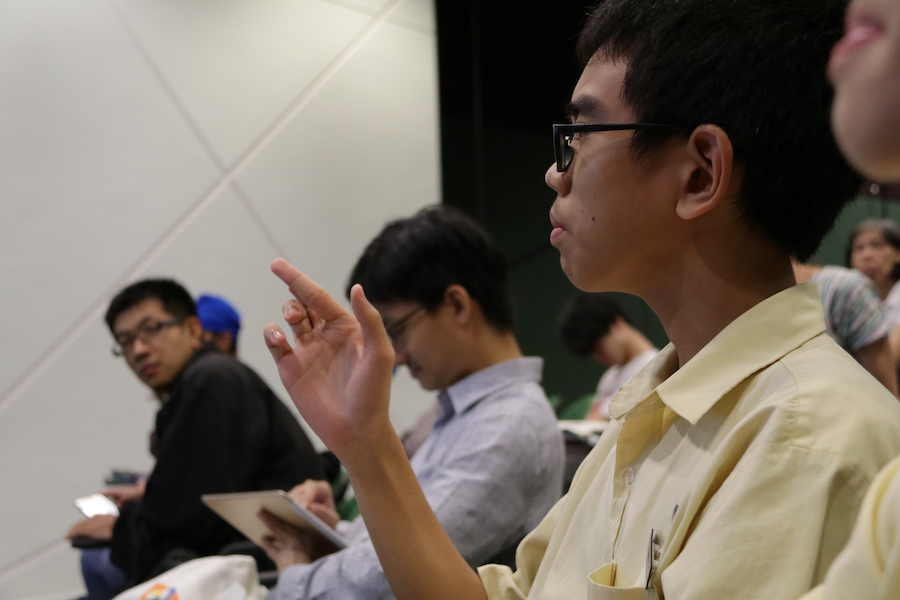
By conducting fundamental research, organisations like EOS advance our knowledge about sea level rise, earthquake faults, tsunami and volcano risk, and climate change so that we can better prepare Singapore and the region for what is to come.
“If we do a good job teaching,” Prof Sieh said, “you students are supposed to stand on our shoulders, and take civilisation farther than we were able to take it.”
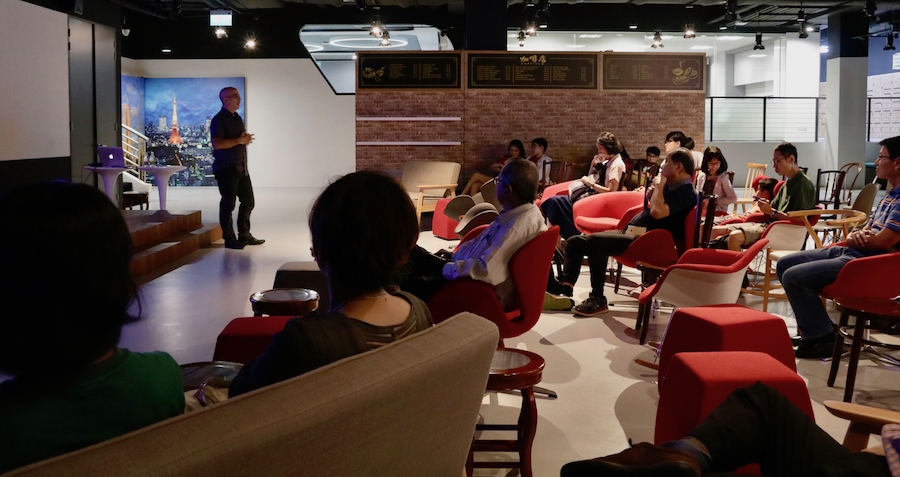
On the same day, Professor Isaac Kerlow, a Principal Investigator at EOS, hosted a presentation titled ‘Science On Film,’ featuring three short films by his team, the Art+Media group. After screening ‘The Ratu River Expedition,’ ‘Ichiro and the Wave,’ and ‘CHANGE,’ Prof Kerlow held a Q&A session. He shared about the process of making the three films, and the connection he sees between human life, civilisation, the earth, and nature.
Prof Kerlow reflected on the challenge of bringing scientific information to a mainstream audience, while still making it entertaining. He relies on a diverse range of animation forms to make geohazard science education engaging.
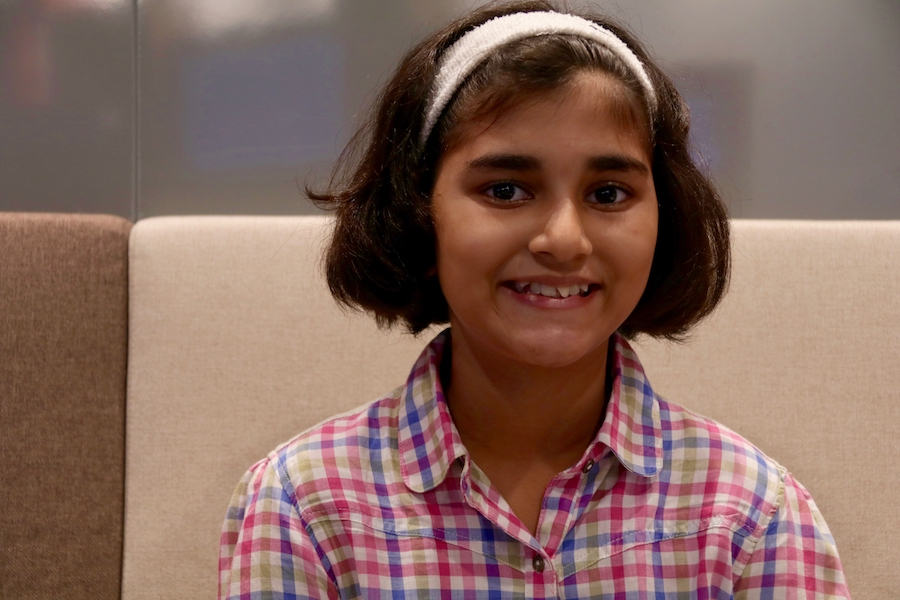
Ms. Ishita Pathania, a 10 year old student at Dulwich College Singapore, said that her favourite of the three films was ‘CHANGE,’ because she liked the animation, the colourful depictions of changing seasons, and the fact that it was narrated by a child. Ishita said she had learned about the issue of climate change in school, and that thinking about it makes her feel frustrated and sad.
“We are the ones who have been changing the world,” Ishita said, “so we should be the ones fixing it.”